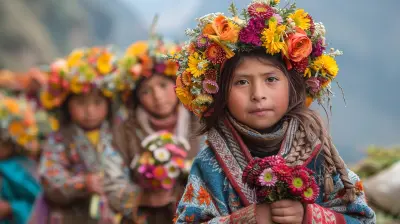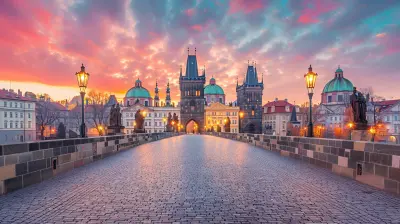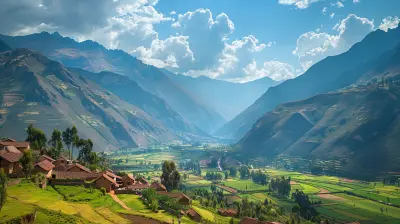From Temples to Shrines: Sacred Spaces and Their Stories
23 July 2025
Have you ever stood in front of an ancient temple or a humble shrine and felt something… different? Like the wind whispered louder, or time itself slowed down? That’s the magic of sacred spaces. They aren't just stone structures or quiet groves—they're living stories etched into the earth. Packed with mystery, coated in tradition, and pulsing with centuries of belief, temples and shrines offer more than just tourist photo ops. They offer a glimpse into the soul of a culture.
In this post, we’re going to take a curious walk from temples to shrines, unearthing the legends, rituals, and secrets that make these places more than just spiritual pit stops. So, let’s ditch the guidebooks and step into stories that whisper through incense and echo in the chants of the devout.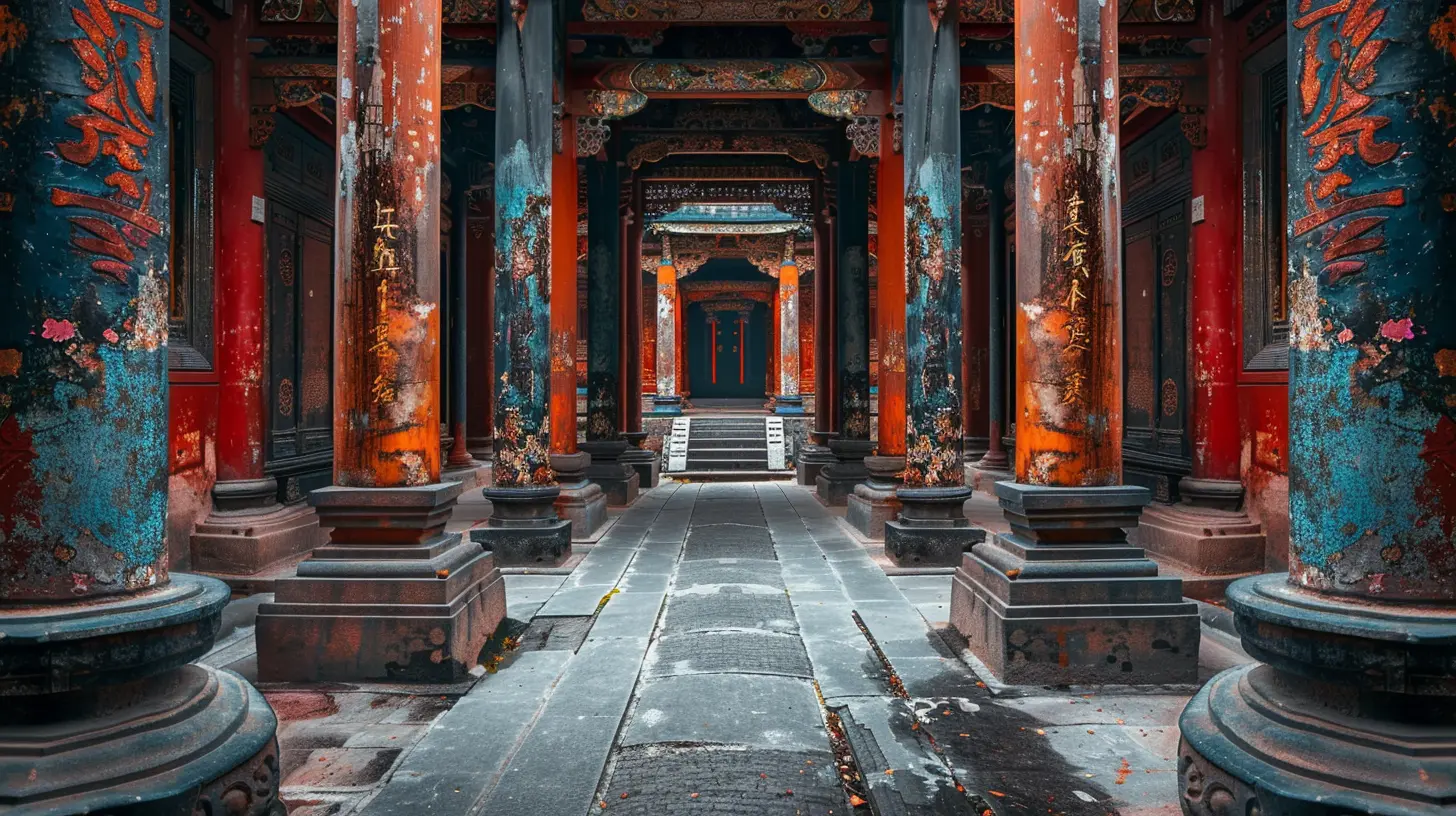
What Makes a Space Sacred?
Not every quiet place with candles counts as sacred. So, what exactly transforms stone into sanctum?Sacred spaces are places that connect the earthly to the divine. They could be sprawling temples carved into cliffs or tiny roadside shrines tucked under banyan trees. What unites them is belief. People have poured their hopes, fears, faith, and stories into them over generations. They become spiritual antennas of sorts—tuning into something beyond ourselves.
But here's the twist—not all sacred spaces are obvious. Some look ordinary on the outside but hold layers of meaning within. It's kind of like looking at an old book with a battered cover. You won’t know its value until you turn the pages.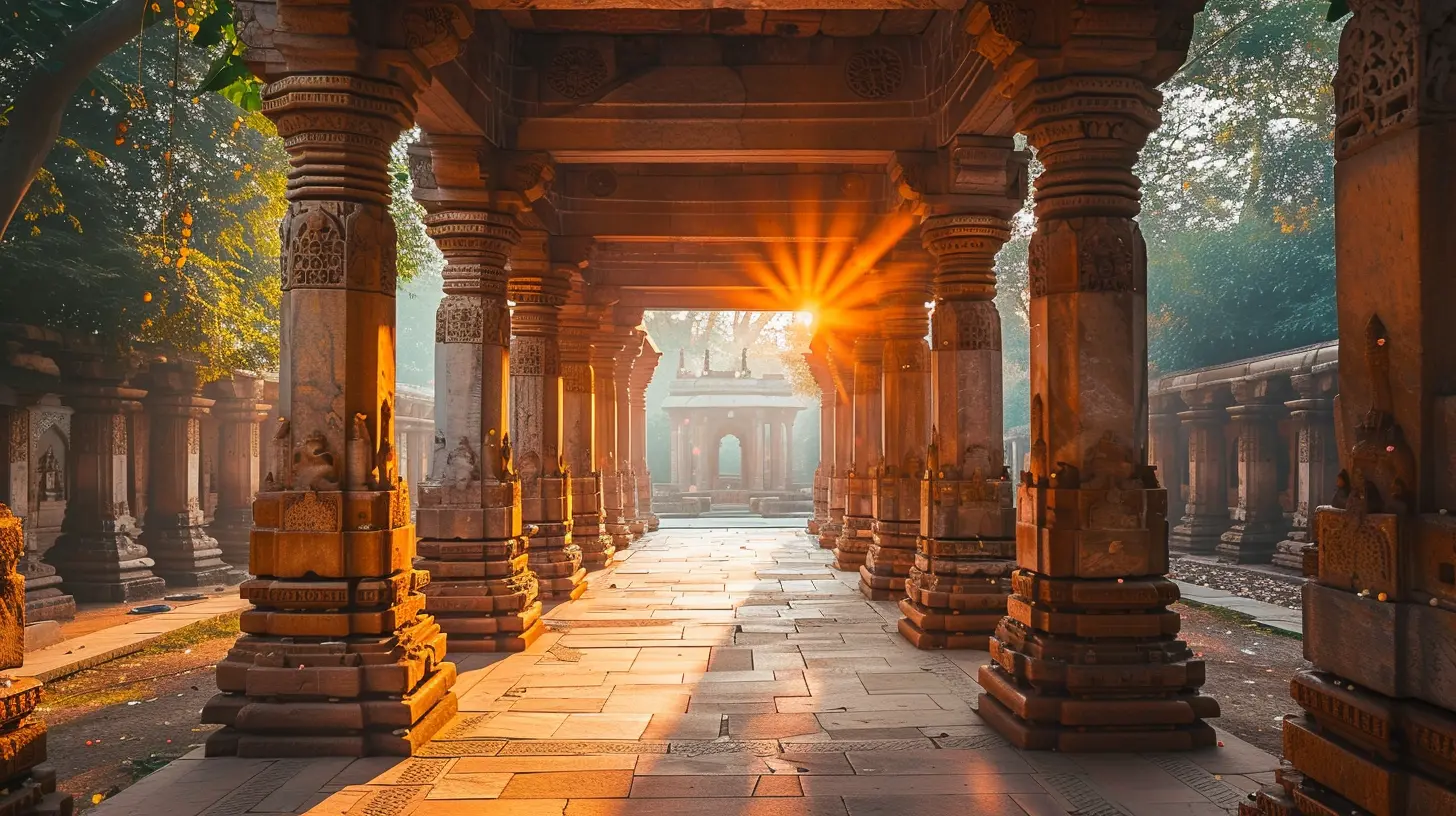
Temples: Kingdoms of the Divine
Temples are the grand palaces of the gods. Often majestic in appearance, they broadcast power, tradition, and deep reverence.The Magnificence of Hindu Temples
India's landscape is dotted with these — from the towering Meenakshi Temple in Madurai to the remote Kedarnath in the Himalayas. Here's the cool part: every inch of a temple is symbolic. The tall spires? They represent reaching toward the heavens. The inner sanctum, or garbhagriha? It's like the womb of the universe — quiet, dark, and intense.Step inside, and it’s not just an architectural wonder. It’s a sensory storm. Bells ringing, incense thick in the air, chants rising like waves. You're not just observing devotion. You're inside its rhythm.
And here's something mind-blowing — many temple designs were created to align with cosmic energies, using sacred geometry. Yep, ancient architects were kind of like spiritual engineers!
Buddhist Temples: Tranquility in Stone
Let’s wander to the peaceful lands of Thailand, Cambodia, and Japan. Here, Buddhist temples (often called wats or pagodas) exude calm. Think golden Buddhas, lotus ponds, and monks in saffron robes.Take Angkor Wat in Cambodia. It's not just a UNESCO site; it's a symbol of the divine on Earth, designed to mirror the Hindu mythology of Mount Meru — the universe's center.
These temples aren’t about grandeur alone. They’re about inner peace. Quiet corridors, soft chants, and meditative silence make them feel like an exhale in a noisy world.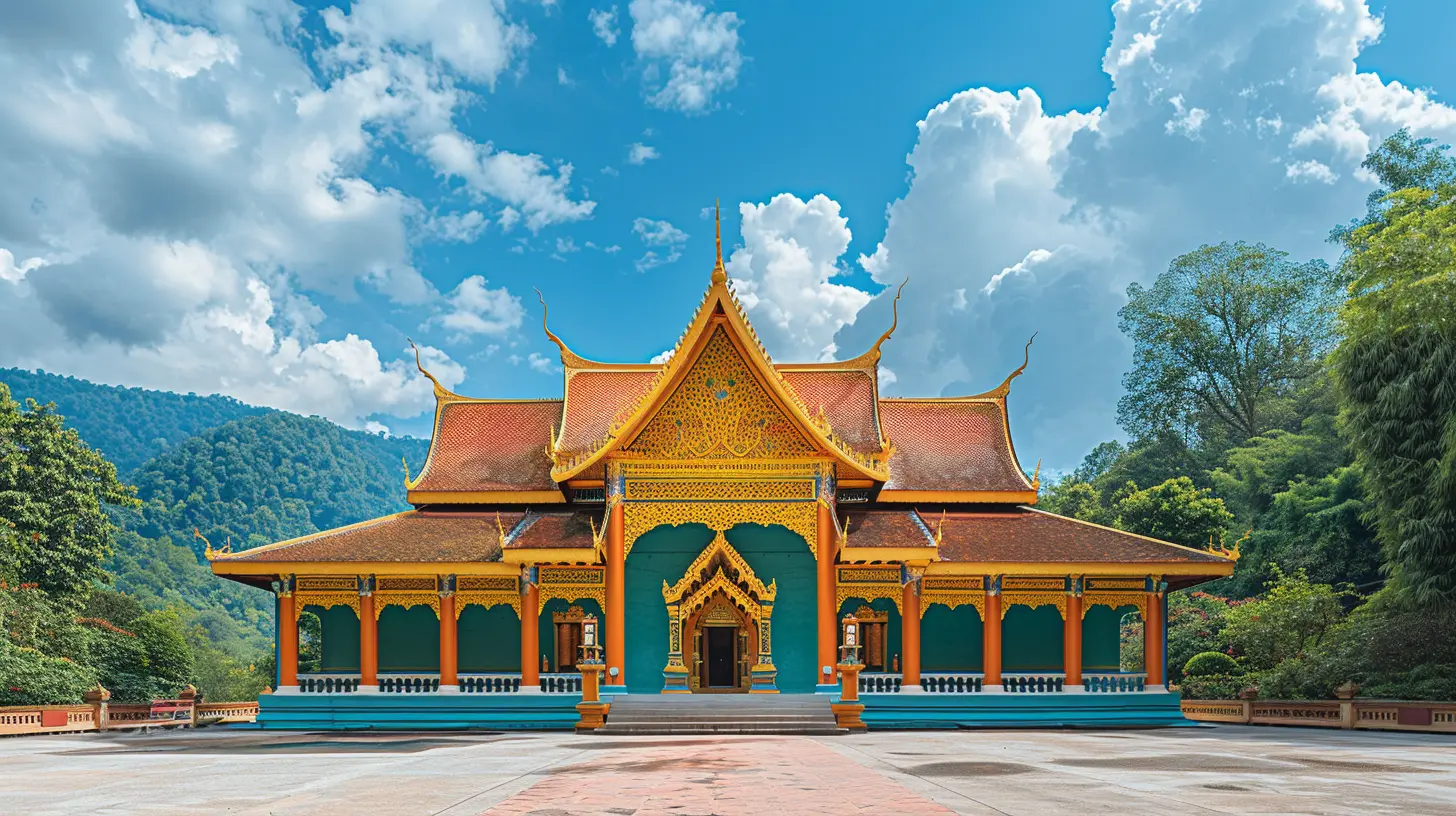
Shrines: Whispers of the Sacred
While temples shout the divine from rooftops, shrines whisper it softly.Shrines are typically smaller, more intimate spaces. They often honor local deities, spirits, saints, or ancestors. You’ll find them on mountains, forest paths, street corners — even in front yards.
Japanese Shrines: Where Kami Reside
Japan is a master of shrines. Especially the Shinto kind. Shinto shrines are dedicated to kami — spiritual beings or gods linked with nature elements like mountains, wind, or rivers.Visiting one feels like stepping into a Miyazaki film. You pass under a red torii gate, wash your hands at the purification basin, and then make an offering — maybe a coin, a clap, a bow. Simple, but deeply respectful.
Ever heard of Fushimi Inari-taisha in Kyoto? It’s the one with the endless path of red gates climbing a mountain. Each gate donated by a business hoping for prosperity. It’s like a spiritual stock exchange, but with better aesthetics!
Chinese Shrines: A Fusion of Beliefs
In China and Taiwan, shrines often blend Taoism, Buddhism, and folk beliefs. Picture this: a tiny shrine by the roadside with incense curling skyward, paper offerings burning, and maybe a statue of a laughing Buddha or a fierce warrior god.They aren't grand, but their presence is powerful. They remind people that the divine isn’t just in temples or heavens. It’s also in streets, kitchens, and trees.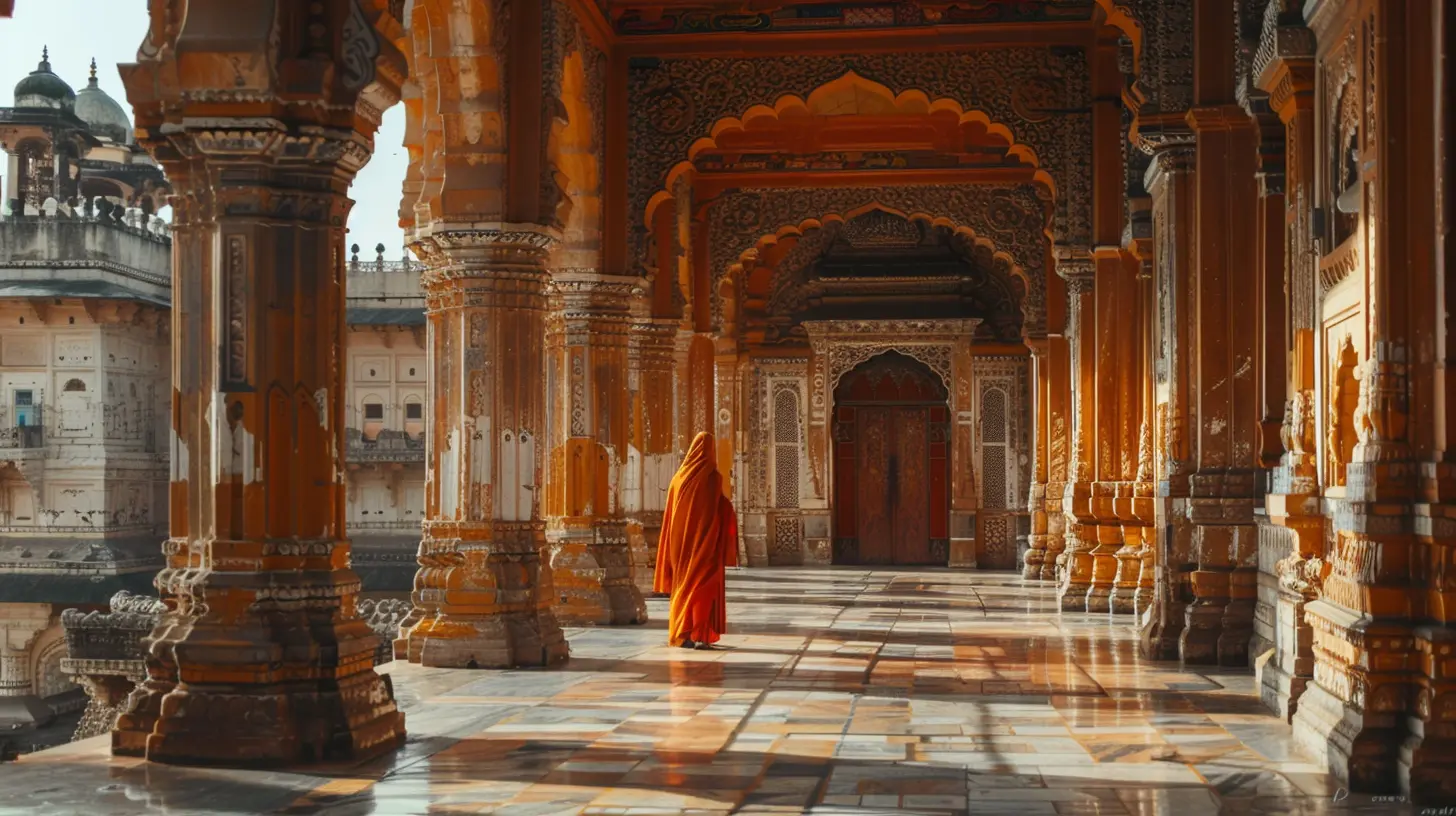
Stories That Breathe Through Stone
Now, let’s dig into the real reason we’re all here: the stories. Because sacred spaces don’t just stand still, they speak—through myth, history, and lived experience.The Temple That "Breathes"
In the depths of India’s Karnataka stands the Veerabhadra Temple at Lepakshi. Here, a stone pillar doesn't touch the ground. Locals call it the "hanging pillar." Some say it floats as a testament of divine presence. Others think it’s ancient engineering genius. Either way, it messes with your sense of reality.The Shrine That Grants Lovers' Wishes
In Kyoto’s Jishu Shrine, you’ll find two love stones placed 18 meters apart. Walk from one stone to the other with your eyes closed, and your love wish will come true. Miss? You might miss in love too! Locals and tourists try their luck daily — it’s like a spiritual dating app.The Temple That Changes Color
In Bagan, Myanmar, the Ananda Temple glows gold at dawn, turns white by noon, and blushes pink at sunset. No, it’s not magic paint. It’s the limestone and the light. But for centuries, locals believed it was a blessing from the Buddha himself.Rituals, Offerings, and Faith In Action
Alright, let’s get real. It's not just architecture and stories that matter. It's what people do in these places that really brings them to life.Lighting candles. Ringing bells. Whispering prayers. Tying wishes to trees. Pouring oil into lamps. Sacred spaces are active, dynamic — faith in motion.
And offerings? They range from fruit and coins to origami cranes and even digital payments (yes, some places now take QR code donations — welcome to spiritual 2.0). These aren’t just gifts. They’re acts of trust. Of saying, “Hey, I believe you’re listening.”
Modern Pilgrims and the Call of the Sacred
You don’t have to be religious to feel moved in a sacred space. Many travelers — maybe even you — visit for something deeper. To pause. Reflect. Reconnect.Think of it like spiritual wi-fi — you didn’t build it, but you can still connect.
Today, more people are seeking these experiences. Whether it’s hiking to Machu Picchu, bowing at Senso-ji in Tokyo, or sitting quietly in Notre-Dame (before the fire), sacred spaces are turning into reflection points in a fast-forward world.
They’re where people unplug from the chaos and tune into something timeless.
The Sacred Spaces Within Us
Hold on—did you think sacred spaces only lived in old buildings and faraway lands?Here’s the twist: every sacred space you’ll ever visit is just a mirror for what's already inside you.
The quiet, the awe, the hope—you carry it with you. Temples and shrines just help you remember. That’s why people feel ‘changed’ after visiting. Not because the place gave them something — but because it reflected something back.
Kind of poetic, isn’t it?
Final Thoughts: Leave Only Footsteps, Take Only Reverence
Whether it’s a golden temple glowing at sunrise or a humble shrine on a village path, these places carry the whispers of countless lives. When we visit, we’re not just travelers — we’re temporary guests in a long, ongoing conversation between humans and the divine.So next time you're near one, pause. Look closer. Listen deeper. Ask yourself — what story wants to be heard here?
And maybe, just maybe, what story do you want to leave behind?
all images in this post were generated using AI tools
Category:
Cultural ExperiencesAuthor:

Tracie McAdams
Discussion
rate this article
2 comments
Selene Johnson
Exploring sacred spaces: where Wi-Fi is weak but spirituality is strong! Who knew staring at ancient stones could be a higher power? Just don’t forget to bring your snack offerings!
October 27, 2025 at 5:02 PM

Tracie McAdams
Thank you for your insightful comment! It's true that the essence of sacred spaces often lies in their ability to connect us to something greater, away from the distractions of modern life. And yes, snacks definitely enhance the experience!
Allegra White
This article beautifully highlights the rich tapestry of sacred spaces, illustrating their cultural significance and the stories that connect us to our spiritual heritage. Well done!
July 30, 2025 at 3:31 AM

Tracie McAdams
Thank you for your kind words! I'm glad you appreciated the exploration of sacred spaces and their cultural importance.
